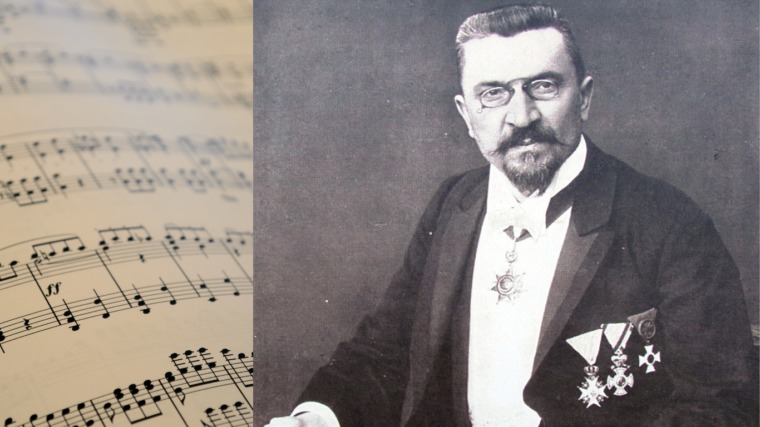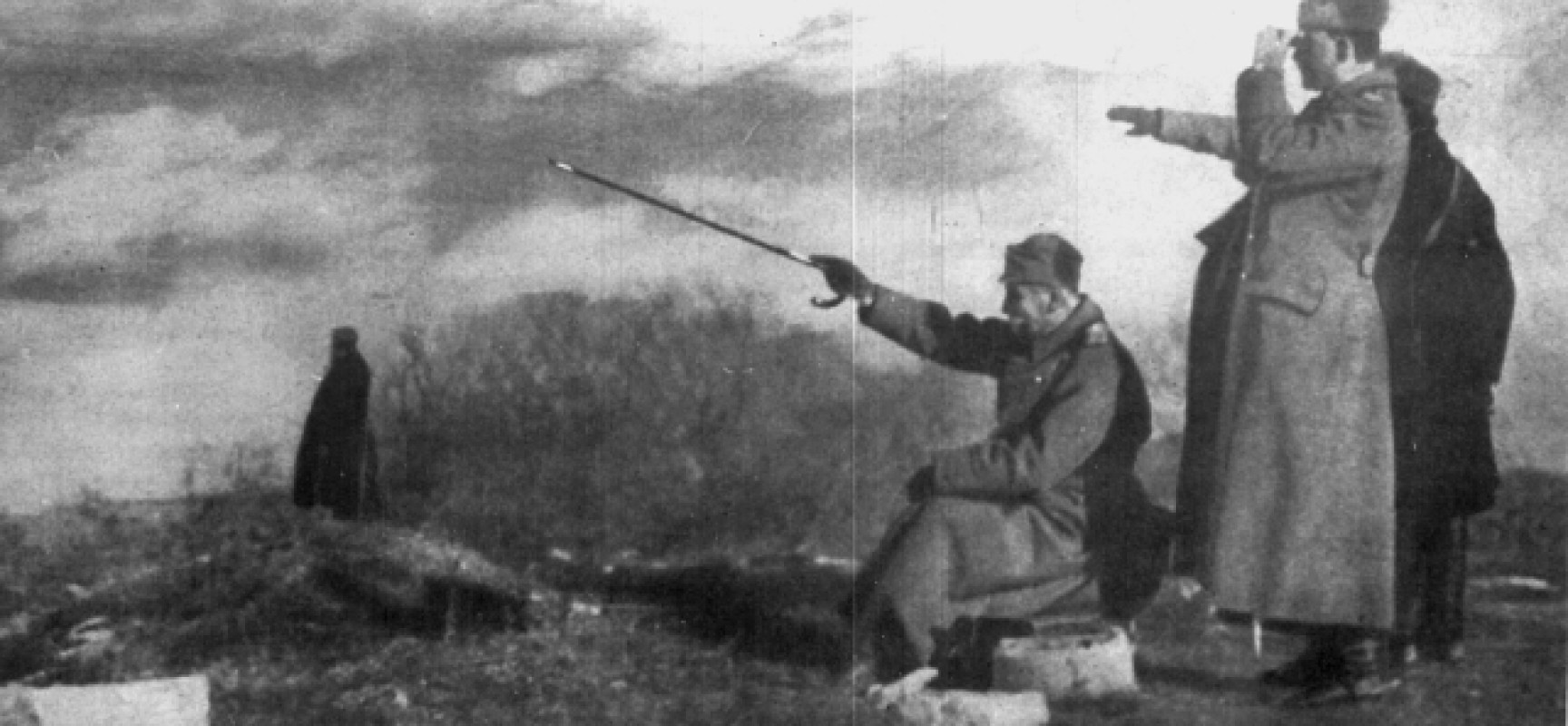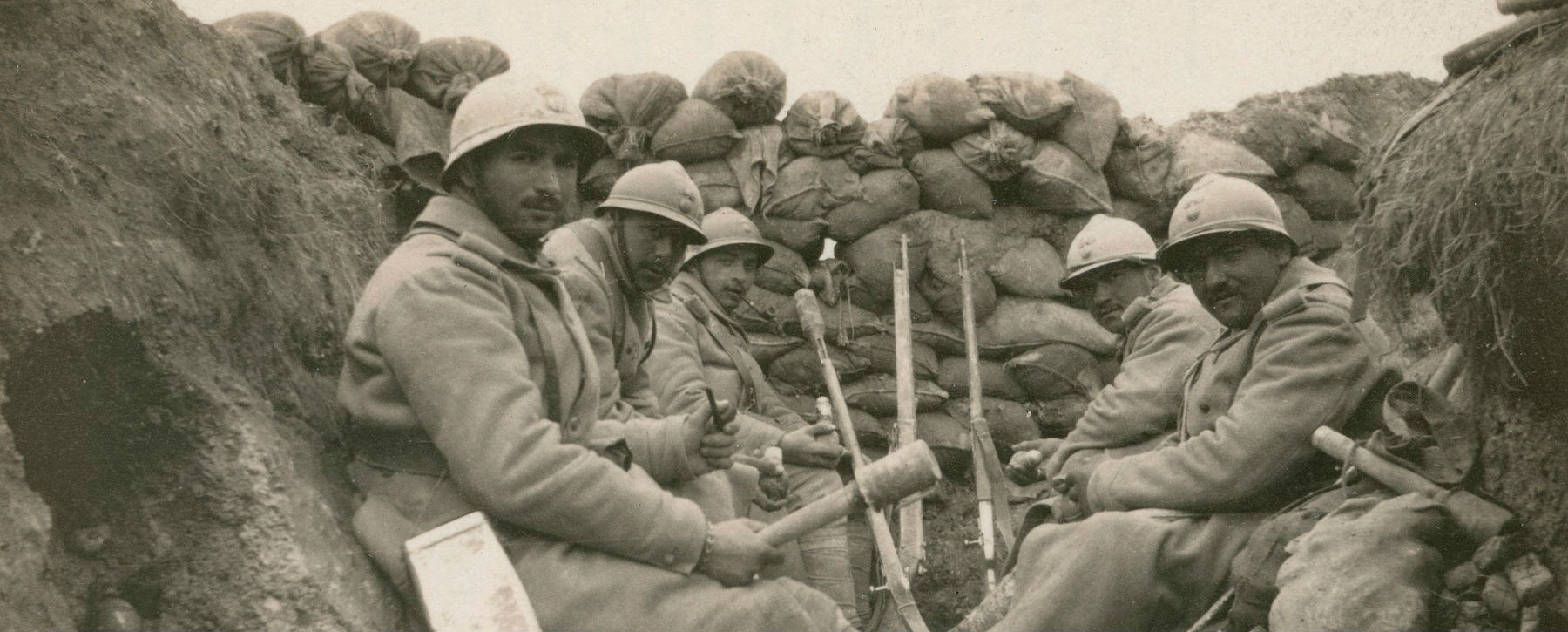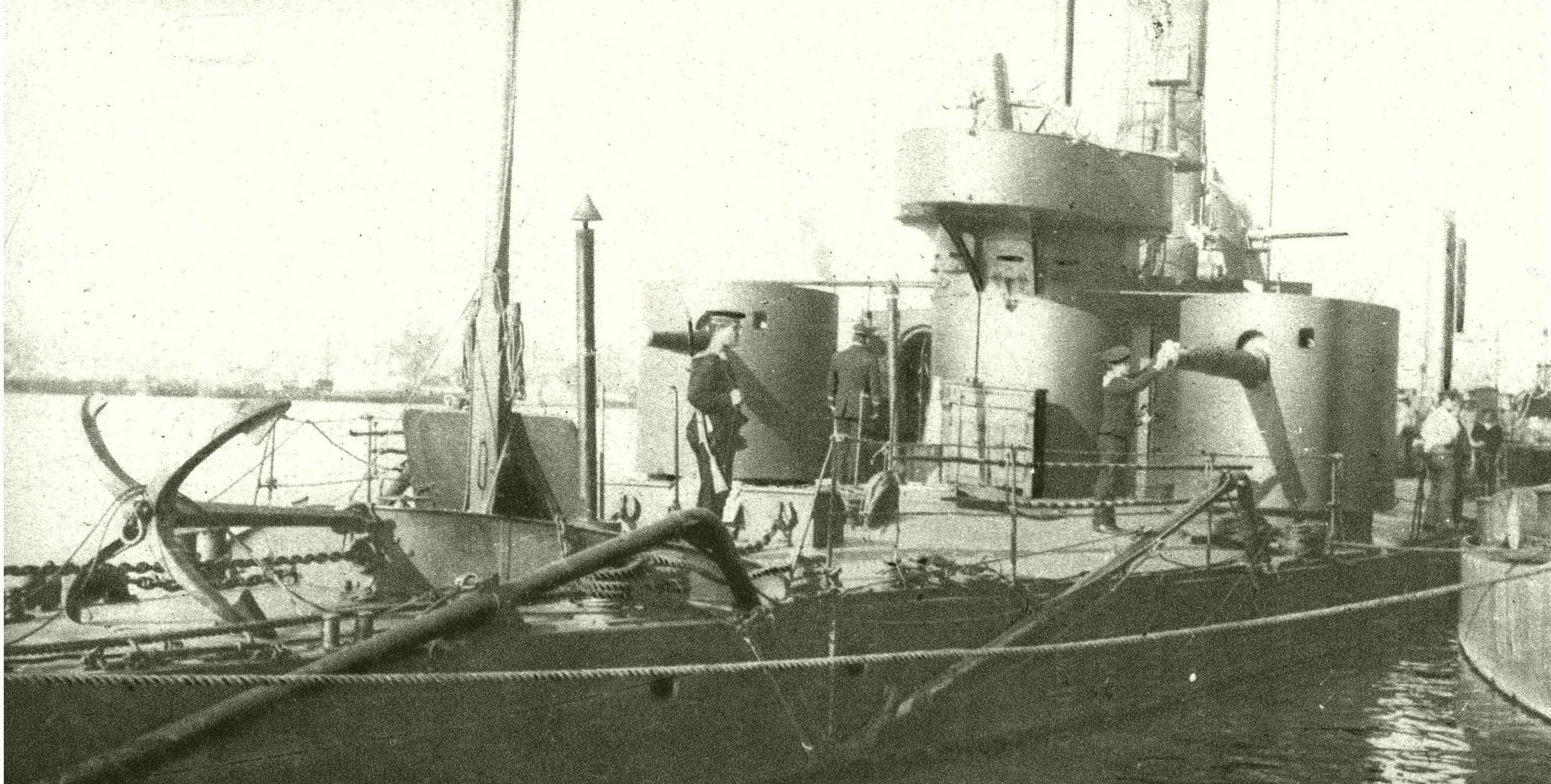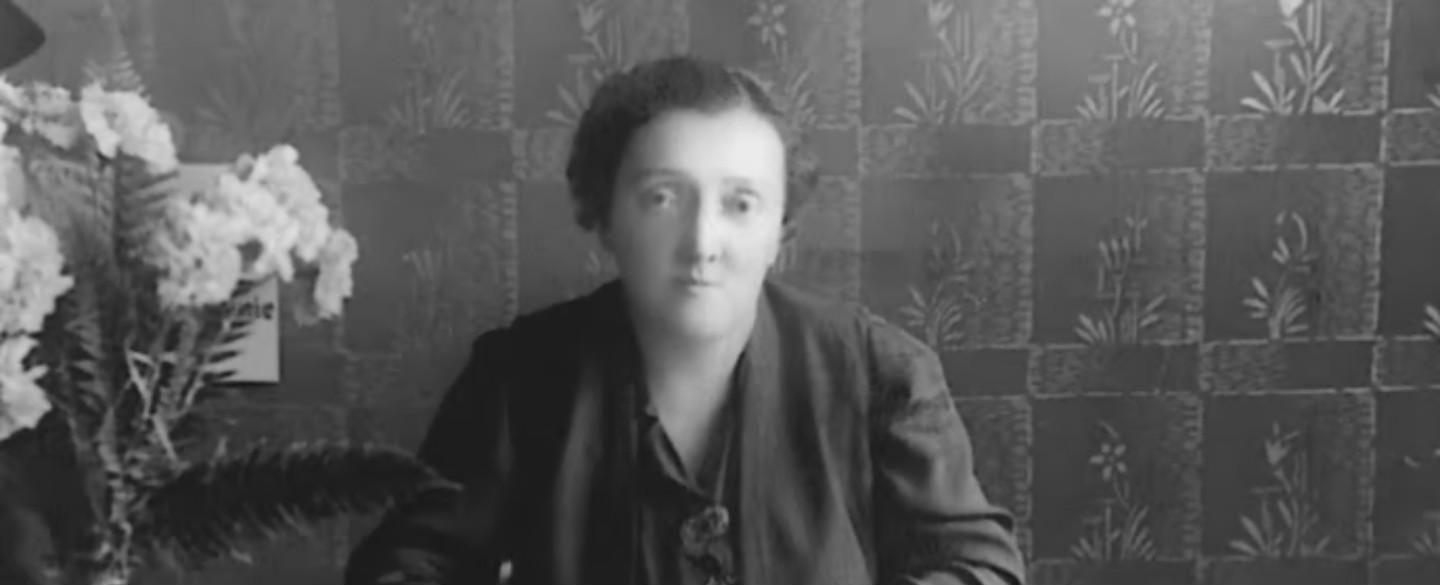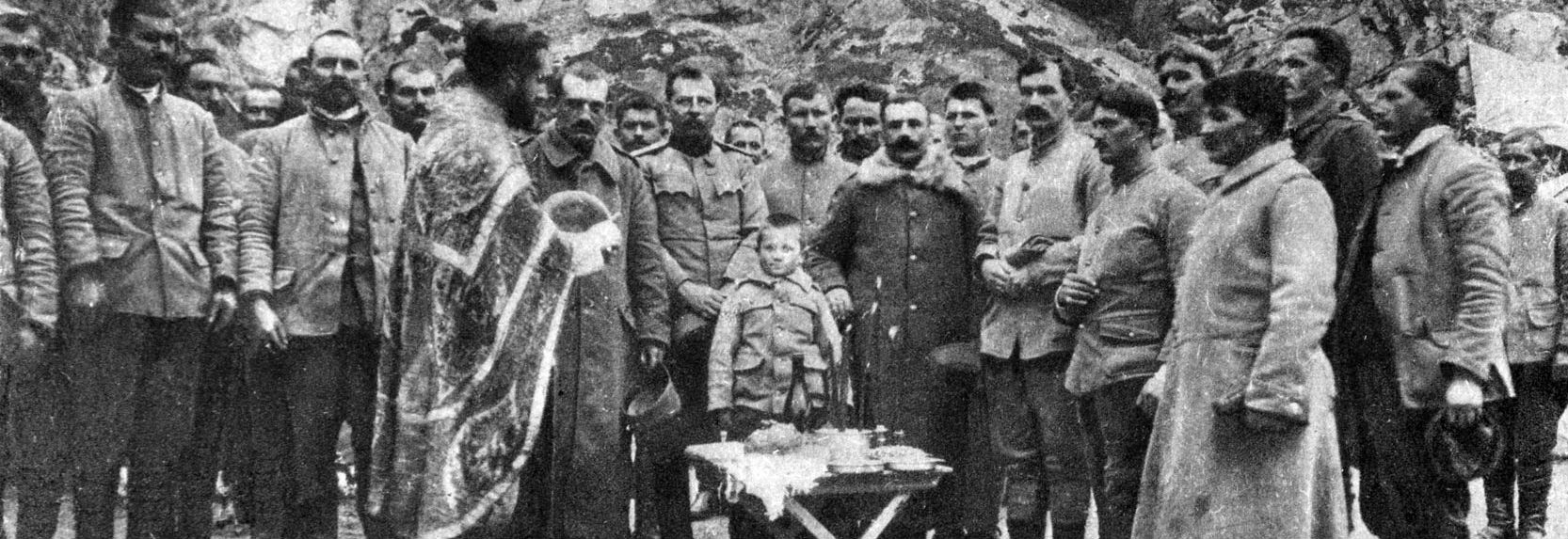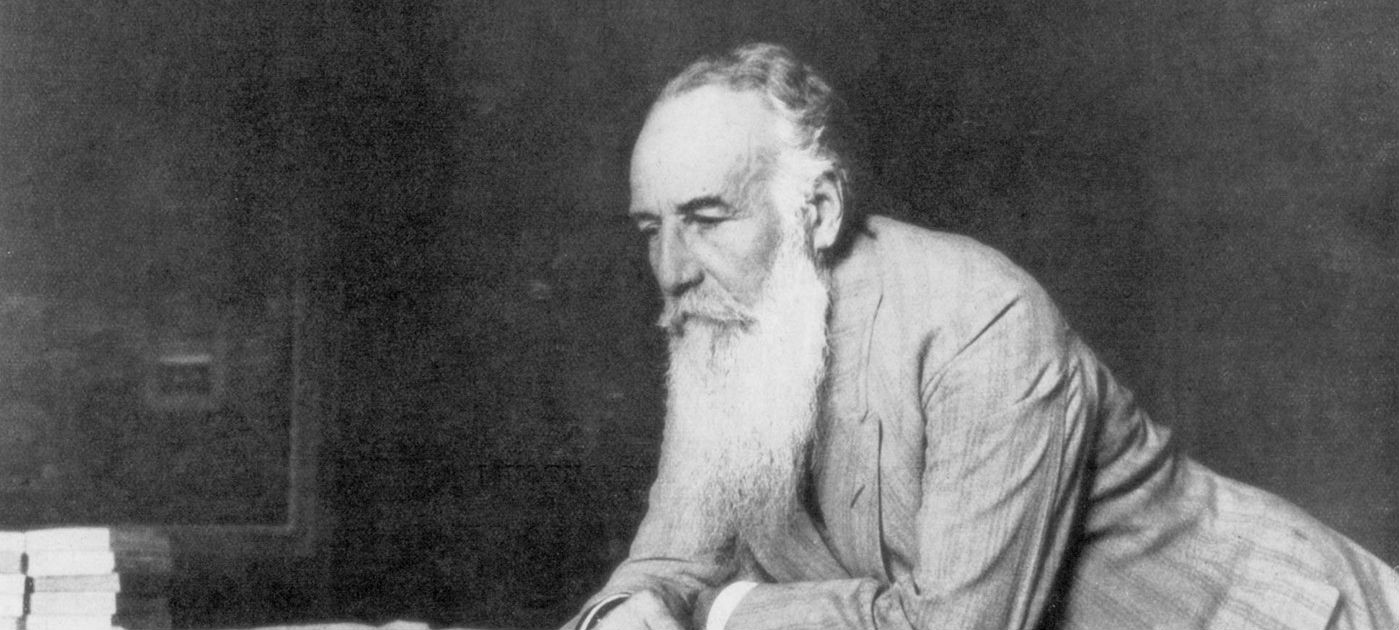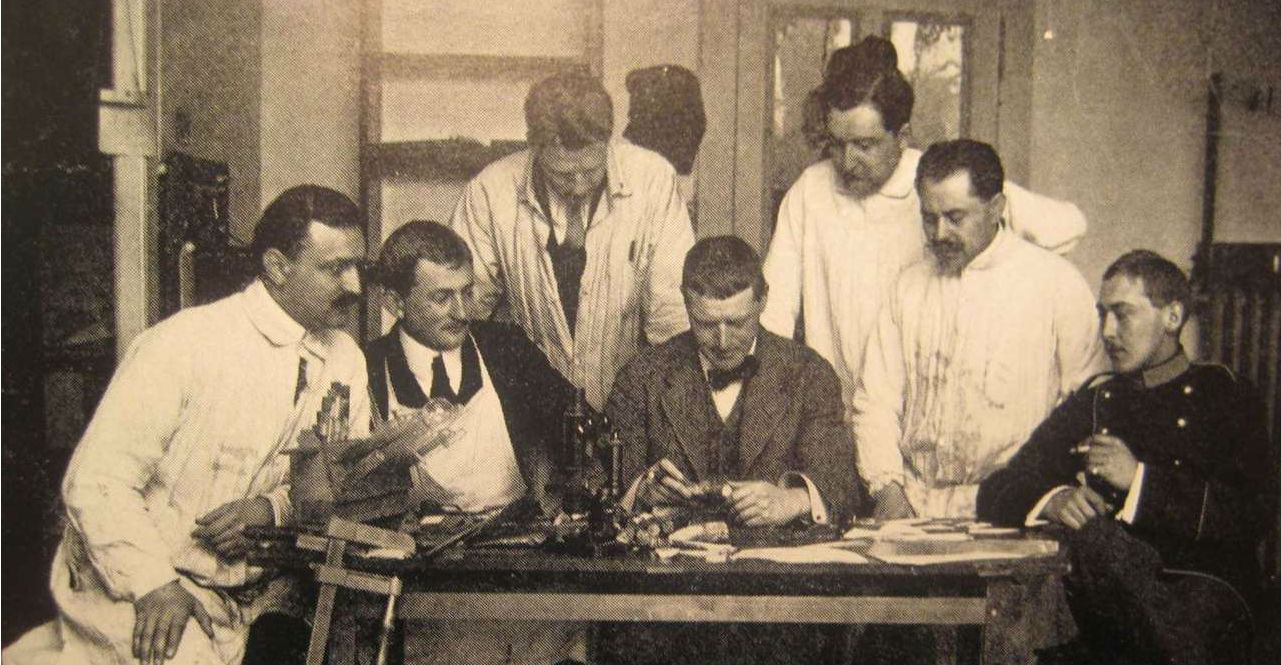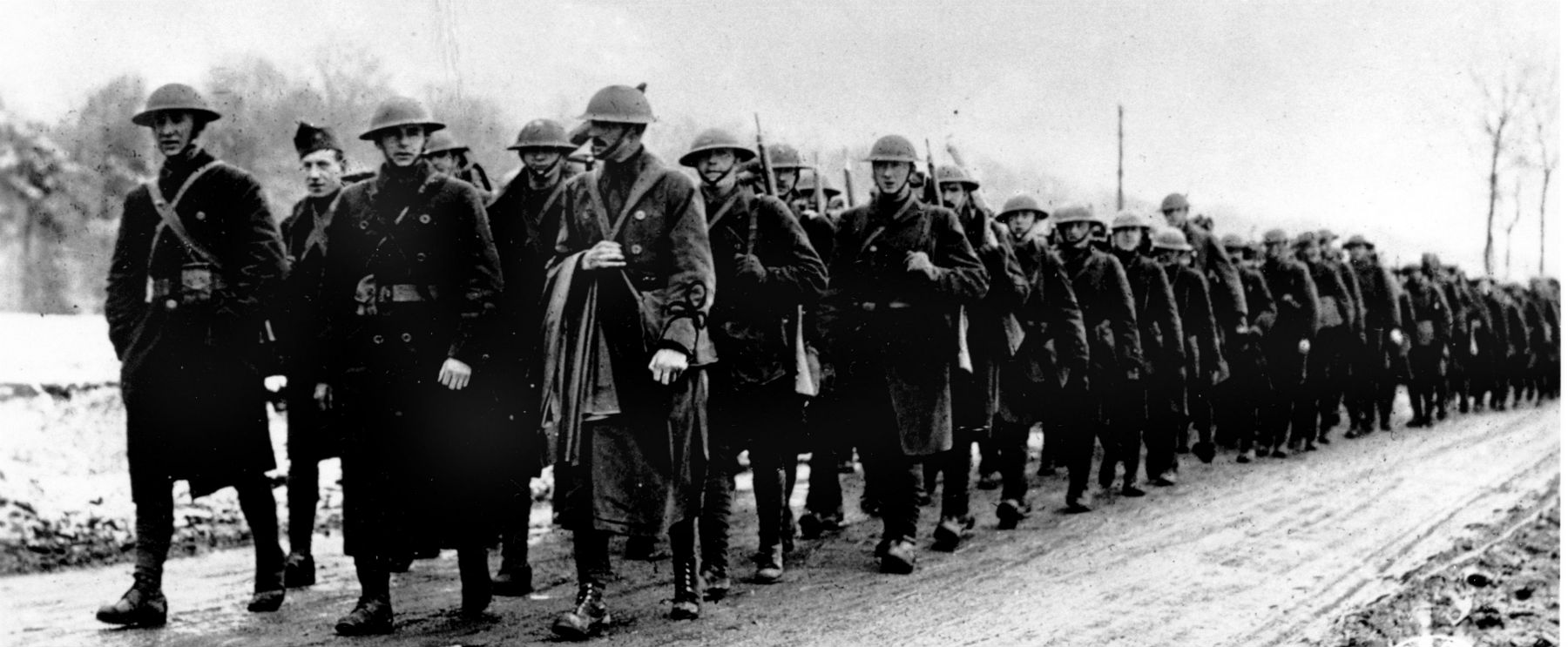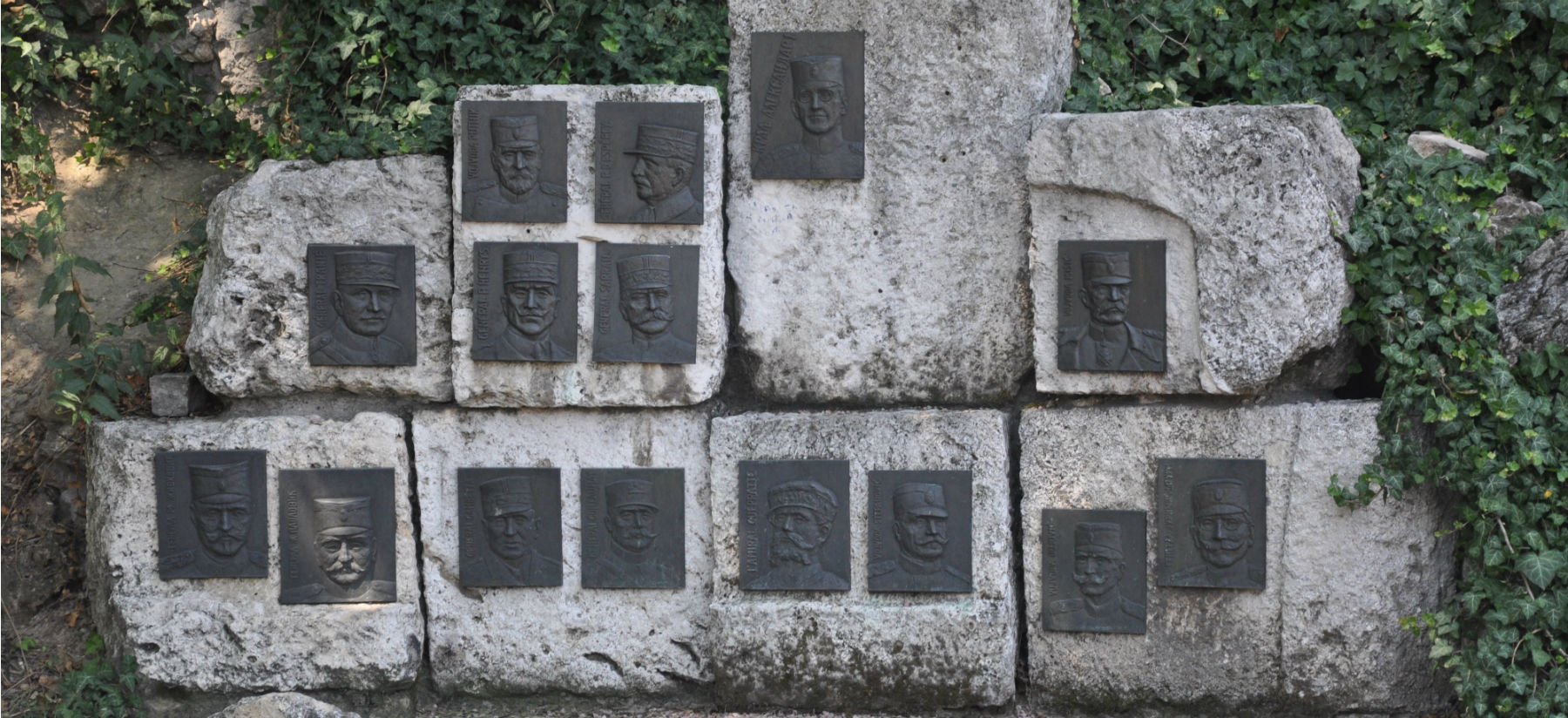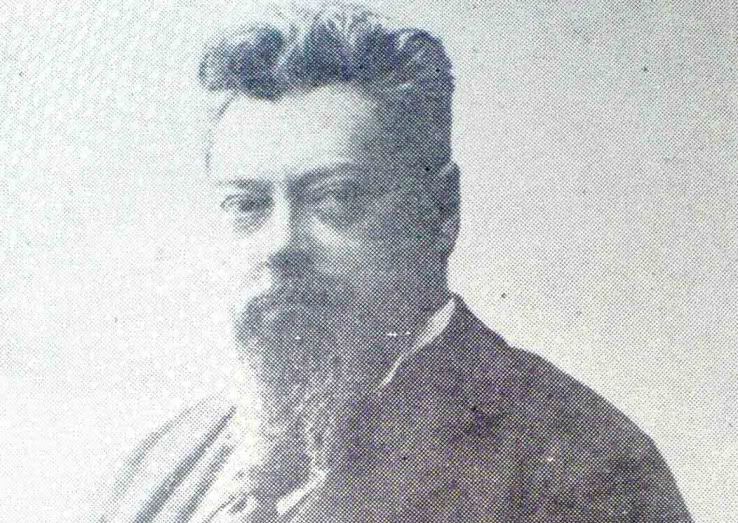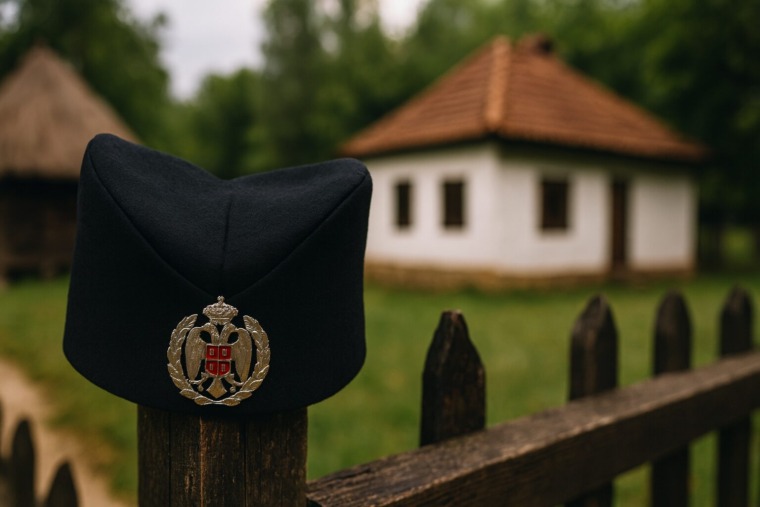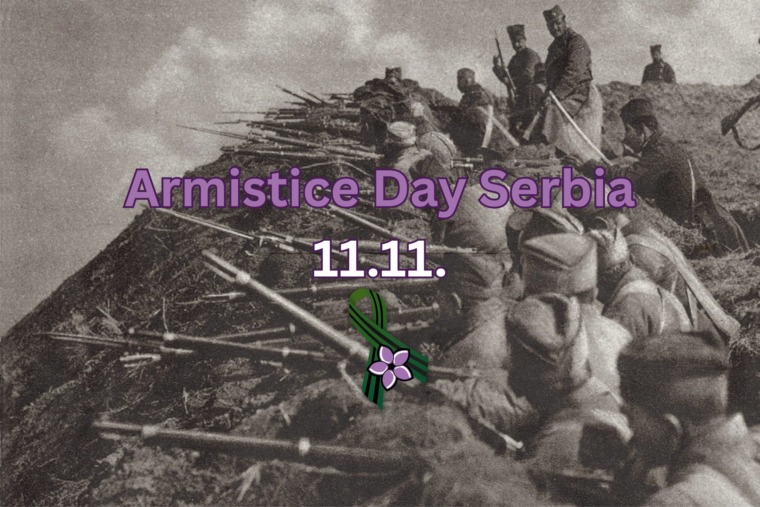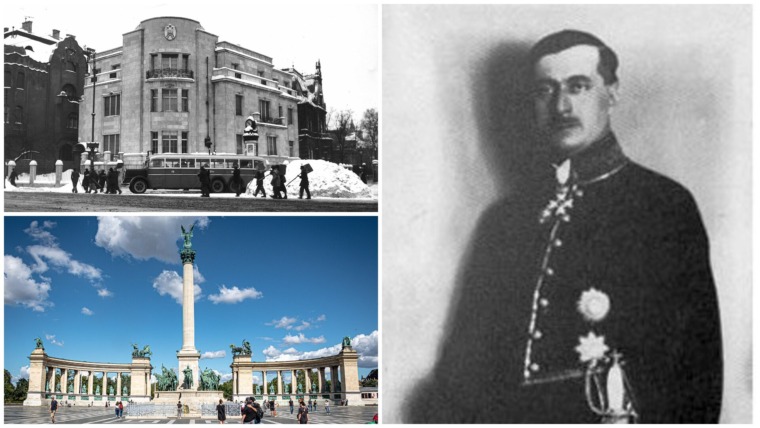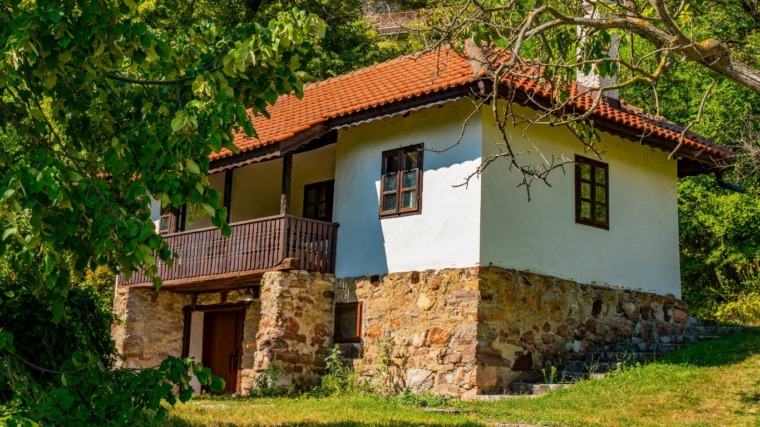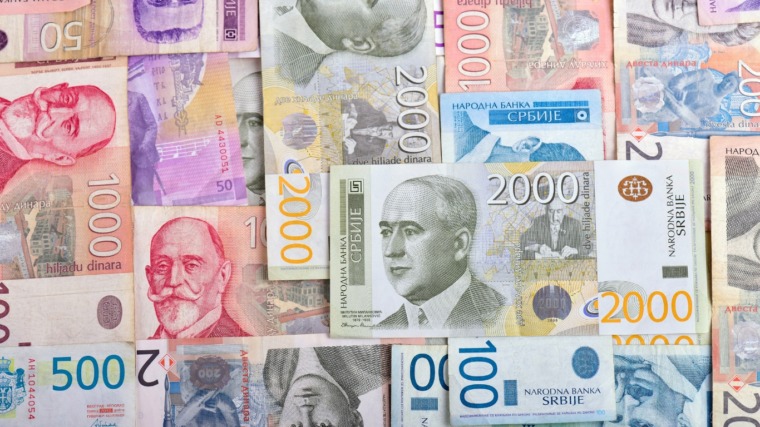She hid her chest pretending to be a man so she could fight a valiant battle for her country, her Serbia, and then, in the years to come, she gilded that same heroic chest with the Legion of Honor medals, the Karađorđe star with swords, and was the only woman in the whole world that was awarded with Croix de Guerre with the gold palm attribute. Milunka Savić is the great Serbian heroine of the WWI and the most decorated female combatant in the history of warfare.
Wars were raging, one after another in the beginning of the 20th Century, when one brave girl from village Koprivnica near Raška, traded her female garments for a Serbian combatant uniform and cut her long locks. Covering her bosoms, she valiantly fought in the Balkan wars and WWI under the name of Milun Savić.
Charles de Gaulle’s friend
From all the comrades from Serbia, French president de Gaulle invited only Milunka Savić to his inauguration. French government offered her to live in France and receive the French pension and an apartment, as a knight of the Legion of Honor, which she refused since she didn’t want to leave Serbia.
She was wounded four times, but for her it was the hardest when she was wounded in the Second Balkan war when her sex was discovered. Later on, she was always saying how the gunshot wound to the chest was the young Milun’s greatest nightmare. “But, just as is my luck, the bullet went right into my chest”, used to say the Serbian heroine for years after the event.
But that’s why she entered into the Great War as the female combatant, asking for a riffle from the Duke Radomir Putnik himself. Even though he advised her to be a nurse and told her that it would be such a waste for her to die so young. “Duke, I want a riffle!”, unwaveringly demanded the comely girl who stopped at nothing to become a member of the famous “Iron Regiment”, the most elite second infantry regiment of the Serbian army “Knjaz Mihailo”.
Medals
For her military services, Milunka Savić was awarded with twelve Serbian and ally medals for bravery. The greatest medals awarded to her were for the valiance in the WWI.
The whole Toplica Regiment loved Milunka and admired her bravery. After the Battle for Kolubara, commander Dimitrije Milić posed a question: “Who deserves the Karađorđe star with swords?”, which was answered by the whole Regiment unanimously: “Milunka Savić!”
The end of the Great War awards her with the most of her Ally medals. The commander of Allied troops, the French general Maurice Sarrail awarded her with the French Legion of Honor medal, and the general Louis Franchet d’Esperey awarded her with the French Croix de Guerre with the gold palm attribute for services in the World War I, the only medal awarded to a woman in the whole world.
In her collection of medals, Milunka has another Karađorđe star with swords, another Legion of Honor, golden and silver medals for bravery „Miloš Obilić“, Albanian Retreat medal, 1913 War medal, Russian Cross of St. George, British medal of the Most Distinguished Order of St Michael, and many more.

Her numerous adventures were borderline incredible. She had an outstanding gut feeling and knew to sense a perfect moment to launch an attack or hit enemy lines with her highly precise bomb throwing skills. Stories were told about the surprises on enemy faces upon understanding that one woman captured, disarmed and led them to the regiment’s headquarters. In one action in the Macedonian front she captured forty three and in the other sixty Bulgarian soldiers.
Fierce and fearless warrior who charged towards enemy lines without faintest regard for her own life was wounded in those attempts several times, of which the most dangerous time of them all was in the autumn of 1915 in Macedonia. With severe head wounds she retreated through Albania, and though she looked like a ghost herself, weak and famished, she never let the regiment’s spirit to waver and falter. After few months of reconvalescence, she returned to the Macedonian front without further ado, and continued fighting as the commander of the attack squad.
Life after the war: from hero to zero
After the Great War ended, Milunka got her first military service as a sergeant of the Serbian army. Those years also brought her the love with a banker Veljko Gligorević, whom she later married. She gave birth to a girl and raised her together with three of her adopted children, while she also helped thirty two others to finish school.
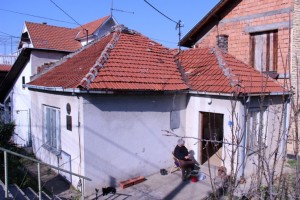
Milunka’s spouse Veljko got the job in Belgrade, but soon after, he neglected his family and later on he died. Milunka got the job as a cleaning lady in the Ministry of Foreign Affairs and later in Mortgage Bank where she spent the remainder of her employment.
During the WWII she organized an infirmary where she gave first aid to Partisans and Chetniks. That is the reason why the Police beat her bloody in front of her own children and then took her to the concentration camp located on Banjica, where she was supposed to be shot to death. When after ten months a German general and camp commander found out who she was, he released Milunka with all the military honors.
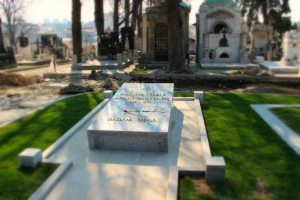
She died in the October of 1973, and was buried in a family mausoleum up to 2013. Then after 40 years, her remains were brought to the Alley of the Greats, where all Serbian distinguished citizens and war heroes are buried and where Milunka had always belonged.
The article supported by The Office for Cooperation with Diaspora and Serbs in the Region. 
Related Articles

Novak Đokovic Receives Special Globe Soccer Award in Dubai
December 29, 2025